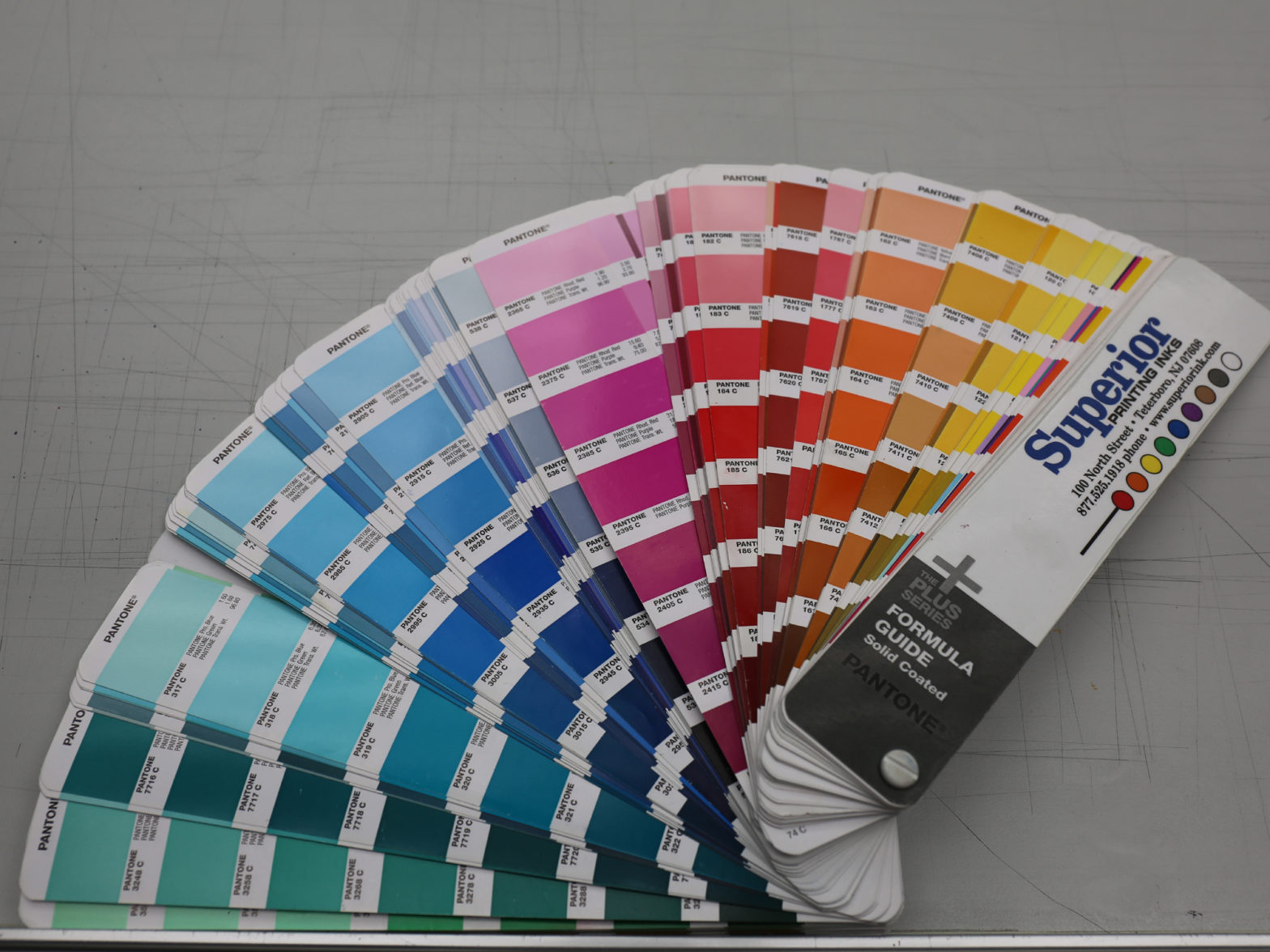The most obvious advantage in converting a spot color to 4-color process is a reduction in cost. Producing a job with process ink and not a spot color reduces the number of plates, press units, ink and press make-ready time. All of which contribute to a reduction in cost.
Process colors are cyan, magenta, yellow and black. Varying the screen percentages offers thousands of color possibilities. The composite image fools the naked eye with the illusion of a solid color. With all of these color possibilities, you would think that a close color match to a specific PMS color would be possible. Unfortunately, only about 50% of the PMS colors can be successfully simulated with process colors.
The 14 mixing base colors in the Basic Pantone® Mixing System produce a wider color gamut and are generally brighter and cleaner than a comparable four-color process build can be. When it is necessary to consistently match a logo color or maintain a brand color identity across multiple jobs or processes then generally a spot color is the preferred choice.
For more tips from me, Joe Morelli, and the Real People of HP, explore our additional blogs and videos, or contact us directly at Huston Patterson.

